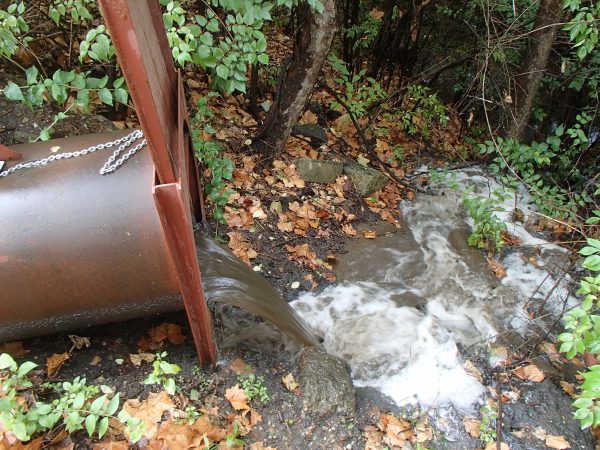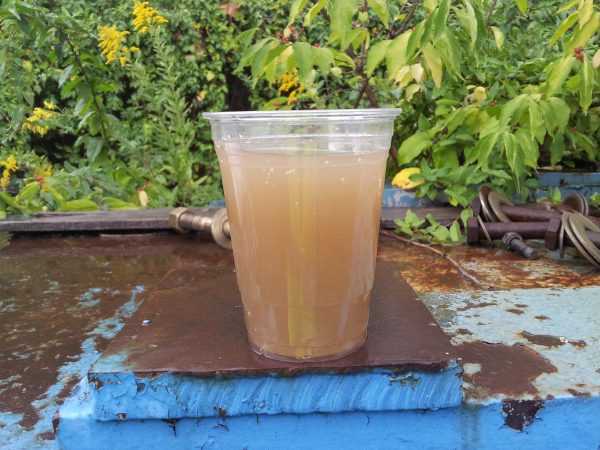CEC is aware of recent Notices of Violation (NOVs) and enforcement actions related to exceedances of the benchmark standards in the Ohio EPA’s Multi-Sector General Permit (MSGP) for Industrial Stormwater Discharges. Facilities have been ordered to implement modifications in an effort to reduce the exceeding constituent’s concentrations in stormwater discharges. Because of these recent agency actions, now is a good time for a reminder about MSGP compliance.

The MSGP for Industrial Stormwater Discharges (Ohio EPA General Permit Number OHR000006) was effective June 1, 2017. This permit is the second generation of MSGPs with requirements for benchmark monitoring. Facilities subject to these permits are now about halfway through the second five-year cycle of data collection under the current permit.
Under the permit, facilities are required to keep their Storm Water Pollution Prevention Plan (SWPPP) up to date regarding maintenance, repairs, replacement of control measures, and other changes.

The MSGP is a self-implementing permit, which means a facility shouldn’t wait for a visit or a NOV from the Ohio EPA to make modifications or changes to its control measures or best management practices (BMPs). Language in the permit says it is necessary for a facility to make modifications to its SWPPP, and the facility must review its control measures when 1) changes at the facility significantly alter the nature of pollutants, 2) the average benchmark concentrations exceed applicable benchmark values, and/or 3) the Ohio EPA requests modification. In the case of benchmark monitoring exceedances, the MSGP requires facilities to:
A. Review the selection, design, installation, and implementation of existing control measures to determine if modifications are necessary; or
B. Make a determination that no further pollutant reductions are technologically available and economically practicable and achievable.
We understand from conversations with the Ohio EPA that demonstrations under option B above will be a difficult standard to meet. Care should be taken when considering or proposing this approach for complying with the permit. We believe the Ohio EPA will require thorough written documentation of the evaluation to support the determination that further pollutant reductions are not technologically available and economically practicable and achievable under option B.

Other alternatives are available, such as implementing changes to material handling procedures; installing low-cost, yet effective, control measures; and continued benchmark monitoring beyond the required four events.
If you have questions on the requirements of the SWPPP outlined by the MSGP, or you require assistance updating your facility’s SWPPP, contact Kayla Haman at khaman@cecinc.com or Andy McCorkle at amccorkle@cecinc.com or at 614-540-6633.
Post a Comment